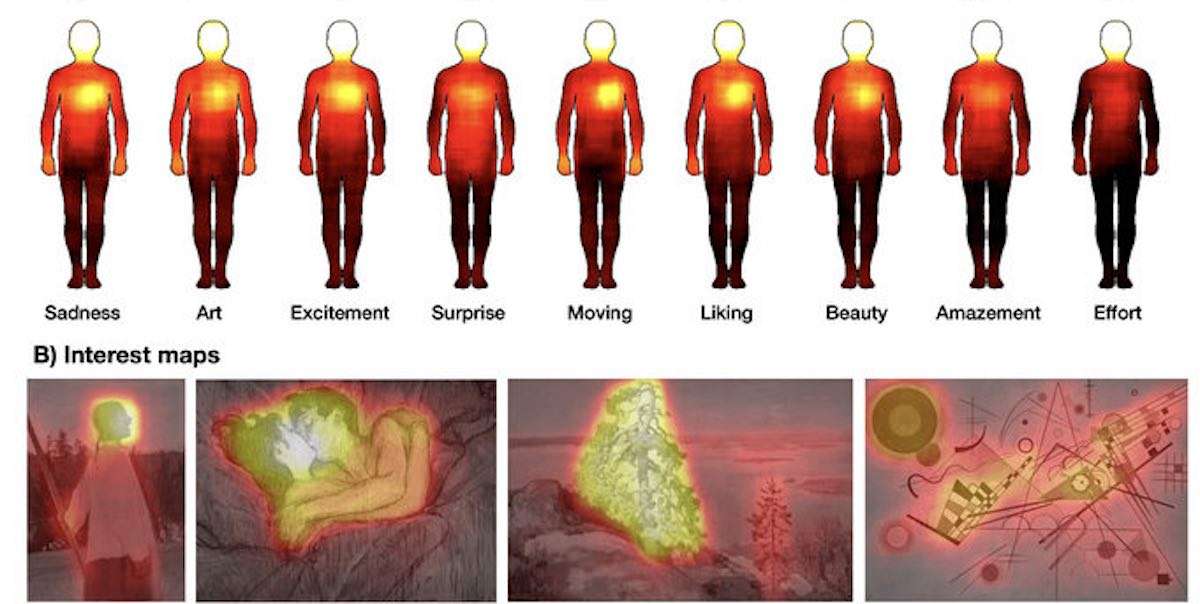Plastic Waste Can Now be Turned into Soap Thanks to Eureka Moment from Virginia Tech
Having considered the question for some time, Liu was struck by inspiration while enjoying a winter evening by a fireplace

People all around the world are drawn to creating and consuming art, and human emotions are often a central subject in visual artworks as well as in music and performance art.
However, the mechanisms underlying the feelings that art evokes remain poorly characterized.
Now, a new study reveals how viewing visual art affects our emotions. The research subjects viewed different kinds of artworks and described the feelings that the art stimulated in their bodies.
The researchers recorded the subjects' eye movement while they viewed the art. In addition, the subjects assessed what kind of emotions they felt looking at each piece of art.
"Viewing the art evoked many different kinds of feelings and emotions in people," said Professor Lauri Nummenmaa from the Turku PET Centre at the University of Turku, Finland.
"Even though many of the pieces handled sad or scary topics, the emotions that the people experienced were mainly positive. The bodily sensations evoked by art also contributed to the emotions: the stronger the body's reaction was to the artwork, the stronger were the emotions experienced by the subject," he said.
Altogether 1,186 people from different countries participated in the study and they assessed the emotions felt while engaging with over 300 artworks. The research was conducted with online surveys and eye movement recordings in the laboratory.
Viewing visual art pieces evoked a wide range of emotional experiences that formed five broad clusters: aesthetic dimensions, positive emotions, negative emotions, touching feelings, and feelings of surprise and effort.
Empathy, anger, fear, and elegance evoked experiences almost everywhere in the body, whereas liking, beauty, amazement and effort elicited sensations mainly in the head area.
The Finnish authors of the study published in the journal Cognition & Emotion also revealed that it was the human face and figure that got the most attention.
"In the artworks, human figures were the most interesting subject and were looked at the most. People have a tendency to empathize with each other's emotions and this is probably also the case when we view human figures in art," said team member Riitta Hari from Aalto University. "The human emotions presented in art pieces can be absorbed by the viewer unnoticed, through so-called mirroring."
Dr. Nummenmma suggests that this research could be useful in mental health therapies.
SHARE The Science Of Art With Scientists Or Artists You Know…
Be the first to comment